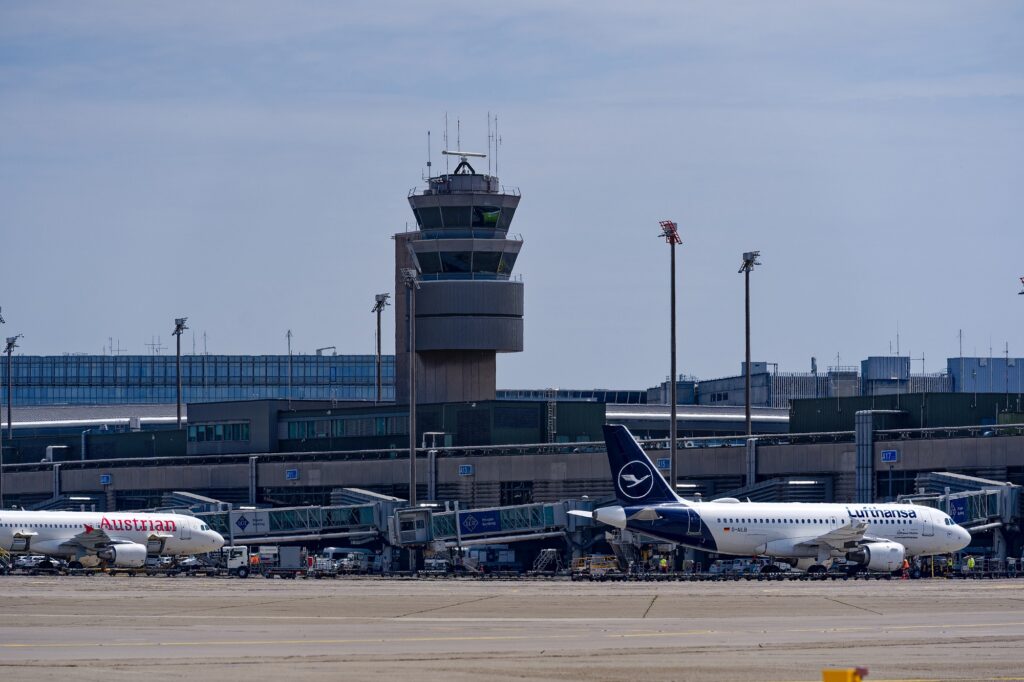The European Union Aviation Safety Agency (EASA) has praised the European Commission’s (EC) decision for the agency to be responsible for the regulatory framework of air traffic management in the European Union (EU).
Following the EC’s adoption of five new regulations, EASA will be responsible for the regulations of personnel, procedures, and equipment for Air Traffic Management (ATM) and Air Navigation Services (ANS). In a statement, the regulator highlighted that the change would act as the foundation for a more efficient and consistent approach to support the usage of the Single European Sky system.
The regulations were adopted on the basis of EASA’s publicly published opinion on January 31, 2023. Summarizing the opinion at the time, the agency noted at the time that the amendments proposed “will increase legal certainty and support the implementation of the seamless operation of the European Air Traffic Management network (EATMN) at all times and for all phases of flight”.
Furthermore, they are expected to improve or at least maintain the same safety levels in European skies with “enhanced commonality, continuous compliance, and oversight of the interoperability of the EATMN while reducing the regulatory burden”.
At the time EASA also said that the now-adopted rules would reduce costs and improve harmonization among the stakeholders within the European aviation system.
“This publication marks a key milestone for the modernisation of the European air traffic management system,” Luc Tytgat, the acting executive director of EASA, said following the EC’s adoption of the new regulations.
Tytgat added that this was the first time the European aviation system, whether it would be on the ground or in the air, would be regulated by a single framework.
Meanwhile, in a statement released by the EC, the Commission said that while the new rules will “lead to a more modern European ATM network”, it was still negotiating with the European Parliament (EP) regarding the implementation of the reforms needed for the Single European Sky (SES) initiative.
“Finally, the new rules will strengthen the value of industrial standards in the demonstration of compliance with the Single European Sky needs and requirements,” EASA concluded in its statement, adding that it is working with all relevant parties to adopt the regulations.
